The DataDigger is an open source database browser for developers in Progress OpenEdge. It enables them to view, update, delete, im- and export the data inside the database. The DataDigger is written fully in OpenEdge 4GL and is free as in free beer.
In DataDigger 24, besides a HUGE list of small fixes and improvements, some new features were introduced. My special thanks go to the DataDigger testing team, that consists of over 50 people that test beta versions of the DataDigger. Interested in beta versions? Set the update check in the settings screen to check for beta versions and DataDigger will warn you. Want to join the team and receive notification email? Send me a note and I’ll add you to the list.
Faster startup
The first startup for sessions with large database (in terms of nr of tables) could take quite some time. This was due to the fact that DataDigger has to examine the metaschema of the database. If that is large, it takes some time. In this version, this is about 12 times as fast, bringing startup times from over 2 minutes back to a little over 10 seconds.
New toolbar
If you start DataDigger, you will notice the toolbar at the left. Previously, this was hidden in the hamburger menu, but you can now choose to have them in view permanently. Hide or view the toolbar with the hamburger button 
Expand / collapse it with the button at the bottom: 
Generate code
If you right-click in the table browse and select “Generate Code”. You will see a list of possible code fragments that can be generated, based on the table definitions:
Here you can tweak the settings for how to generate the code to your likings.
Groups of favourites
In DD24 you can have multiple groups of favourites. Imaging working on something related to invoicing. Then you only want to see the tables that are involved in invoicing. And the next ticket you pick up is about the new feature you are about to implement which involves a totally different set of tables. I bet you get the picture.
Press the new ‘+’ button to create a new group.
To maintain a group press the edit-button and you will end up in a screen where you can add/remove tables from the group or rename or delete the group
Suppress yellow tips
A feature that might be welcomed by some of you is the option to suppress the yellow tips. Just head into the settings, and uncheck ‘Show hints on new features’
You will now not see the yellow frame again.
Set Working folder
You can now set the working folder for DataDigger. By default, the working folder is the one where you installed it, but if you set the value in DataDigger.ini like this:
[DataDigger]WorkFolder=c:\DataDigger\%username%\
Then DataDigger will use the folder you specify at ‘WorkFolder’ for the cache folder, the user ini-files and the backup folder. No write actions will be done on the program folder of DataDigger anymore.
Note that if you do not have write access to the program folder, you might want to set the following as well in the same section:
[DataDigger]AutoCompile=no
Beware that if you do that, DataDigger will not compile itself. So if you want to run on compiled sources, you should provide them yourself or else run uncompiled.
As you may have guessed by the example above, it is possible to use OS-vars in the name of the folder. If it does not exist, it will be created. If it cannot be created, DataDigger will fall back to the DataDigger program folder.
Factory reset
Often, DataDigger asks a question. A lot of these can be set to hush by ticking ‘Do not ask again’. If you want to reset your answers, you can reset these. Head into the settings screen, select the ‘Behavior’ tab and choose one of these options:
Both actions will ask you to confirm your choice:
This post was previously posted on the DataDigger blog

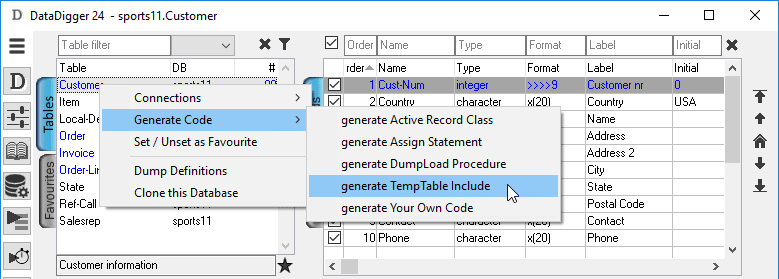
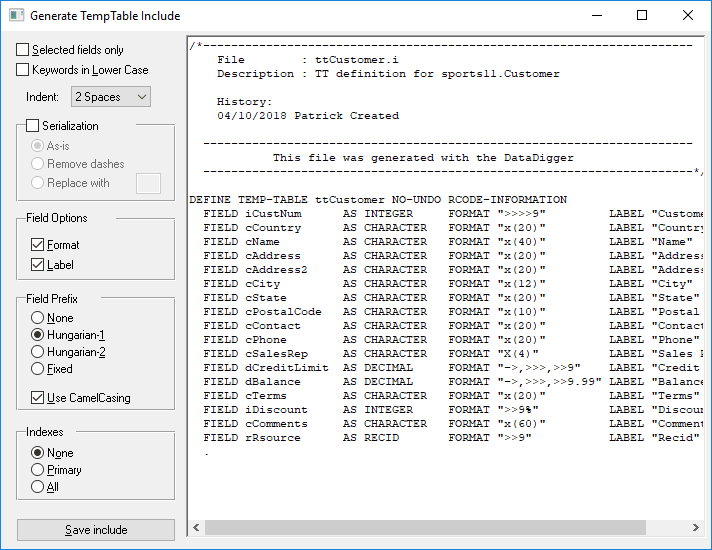

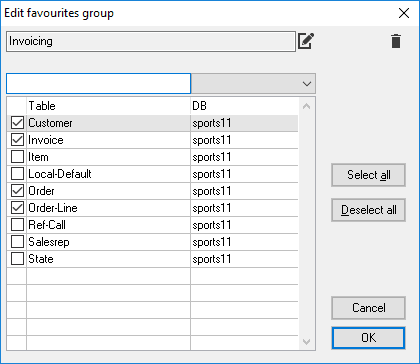
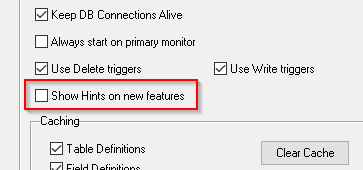

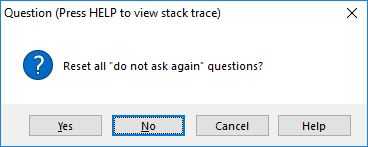
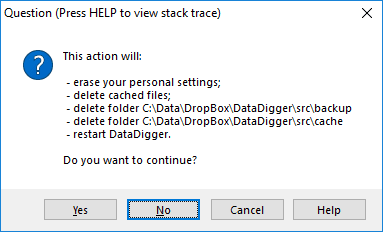

Top comments (0)